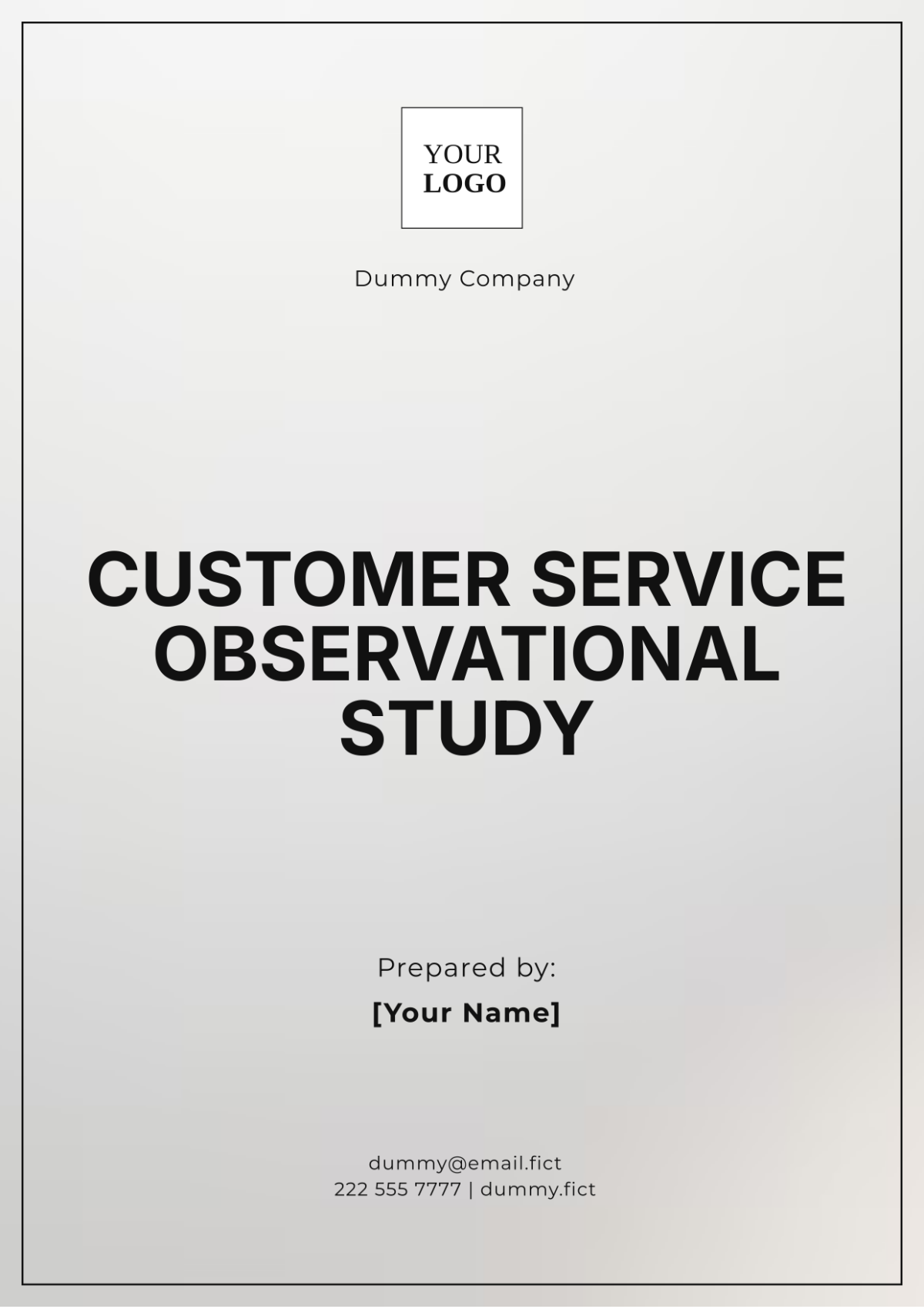Profit Margin Action Research
Prepared by: [YOUR NAME]
Date: [DATE]
I. Introduction
The pursuit of improved profit margins is a critical objective for businesses seeking sustainable financial success. Profit Margin Action Research involves a thorough analysis aimed at comprehending and enhancing a company’s profit margins. This research emphasizes practical solutions to augment financial performance through data collection, analysis, strategy development, and action plan implementation.
II. Objective
The primary objective of this research is to understand the various factors influencing profit margins and to develop actionable strategies that companies can adopt to improve their profitability.
III. Methodology
The methodology involves several systematic steps, including data collection, data analysis, strategy development, and implementation of action plans. By following these steps, companies can thoroughly understand their financial performance and identify areas for improvement.
Data Collection: Gathering relevant financial data and metrics.
Data Analysis: Analyzing data to pinpoint factors affecting profit margins.
Strategy Development: Formulating strategies based on the analysis to enhance profitability.
Action Plan Implementation: Executing the devised strategies and monitoring outcomes.
IV. Factors Affecting Profit Margins
Several factors can influence a company’s profit margins, which can be broadly categorized into internal and external factors.
Internal Factors | External Factors |
|---|---|
|
|
V. Data Collection Techniques and Data Analysis Methods
A. Data Collection Techniques
Effective data collection is fundamental for accurate analysis. Various techniques can be employed to gather relevant data.
Financial Statements: Examining income statements, balance sheets, and cash flow statements.
Surveys and Questionnaires: Collecting feedback from stakeholders.
Interviews: Conducting discussions with key personnel.
Market Research: Analyzing market reports and studies.
B. Data Analysis Methods
Analyzing the collected data involves several methods to derive meaningful insights.
Financial Ratio Analysis: Assessing liquidity, profitability, and solvency ratios.
Trend Analysis: Identifying patterns and trends over time.
Comparative Analysis: Comparing performance against industry benchmarks.
SWOT Analysis: Evaluating strengths, weaknesses, opportunities, and threats.
VI. Strategy Development and Implementation
Based on the analysis, strategies are developed and implemented to improve profit margins. These strategies must be practical and tailored to the specific business context.
Cost Reduction: Identifying and cutting unnecessary expenses.
Revenue Enhancement: Diversifying income streams and improving sales efforts.
Process Optimization: Streamlining operations for better efficiency.
Technology Integration: Leveraging technology for competitive advantage.
Implementation involves executing these strategies with a systematic action plan. Monitoring the results and making necessary adjustments is pivotal to ensure success.
A. Case Studies and Examples
Examining real-world case studies provides valuable insights into the practical application of profit margin action research. Companies that have successfully improved their profit margins through strategic interventions are discussed here.
VII. Conclusion
Profit Margin Action Research offers a comprehensive approach to understanding and enhancing a company’s profitability. By focusing on data-driven analysis and practical strategy implementation, businesses can achieve significant improvements in their financial performance. Continuous monitoring and adaptability are key to sustaining these improvements.
VIII.References
Bradley, C. (2052). Financial Analysis for Profit Improvement. New York, NY: Financial Times Press.
Smith, J. & Anderson, P. (2051). Operational Efficiency and Profit Maximization. London: Harper Business.
Jones, R. (2050). "Cost Management Strategies for Business Growth" in Journal of Financial Planning, 45(2): 102-117.

















































